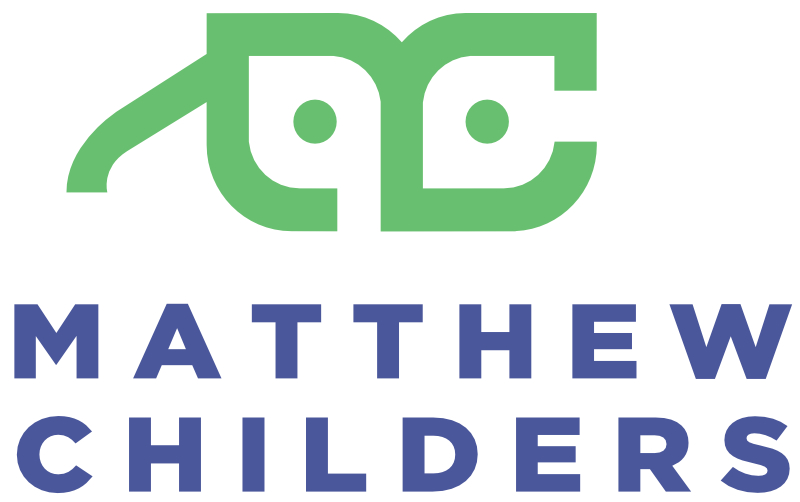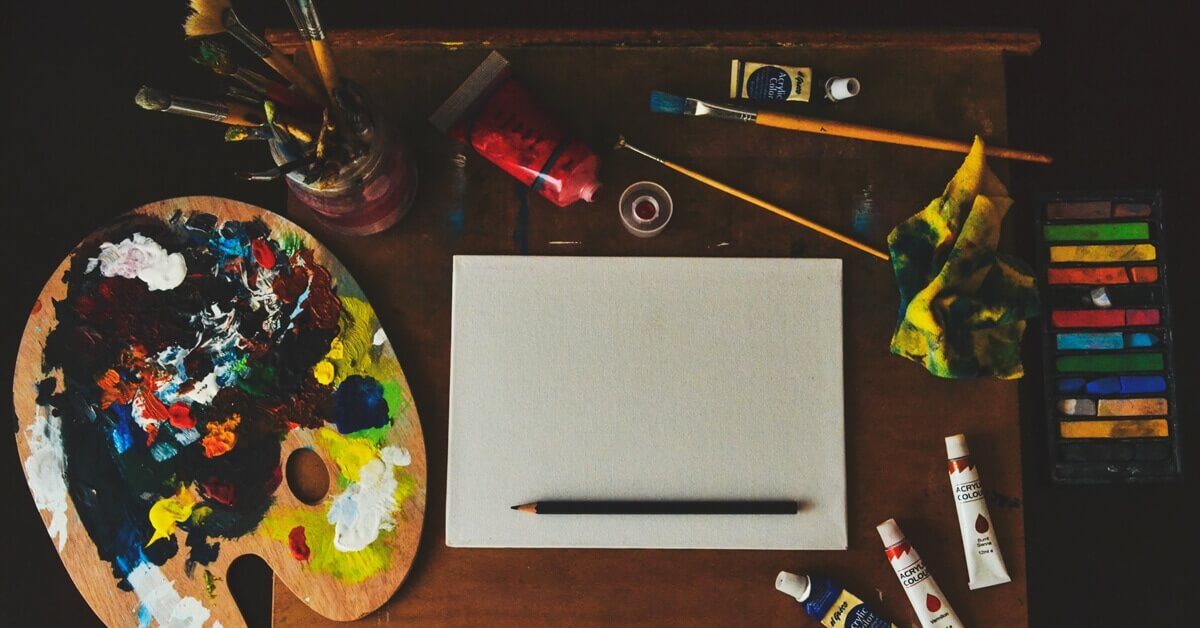Comic book artists struggle with a strange paradox. A crazy struggle that occurs just by being an artist and wanting to try new things and get better, while making sure the products we create maintain a consistent look and feel.
The major struggle comes down to…
How do we experiment and grow as artists while still maintaining consistency in our work?
Almost every artist I know, myself included, can walk into an Art Store and find some new tool or product that we flip out over, that we can’t wait to take home and try. To experiment and play with. It’s built into our inner core.
We all do it.
We all want to do it.
But as comic book artists, we also have to create comics. We draw something between 22-30 pages an issue. For graphic novels sometimes 3-5 times that.
When someone picks up a book drawn by a specific artist they don’t want to see page 15 suddenly drawn with a brush when the rest of the book is drawn with a pen. Or a random panel painted with watercolor when the rest of the story is colored digitally.
Unless there is a specific reason…
As comic book artists we must be consistent.
The art for each project created by a comic book artist needs to feel similar. It needs to fit a look.
Artists must maintain consistency despite having a proverbial devil on our shoulder telling us to try a new thing.
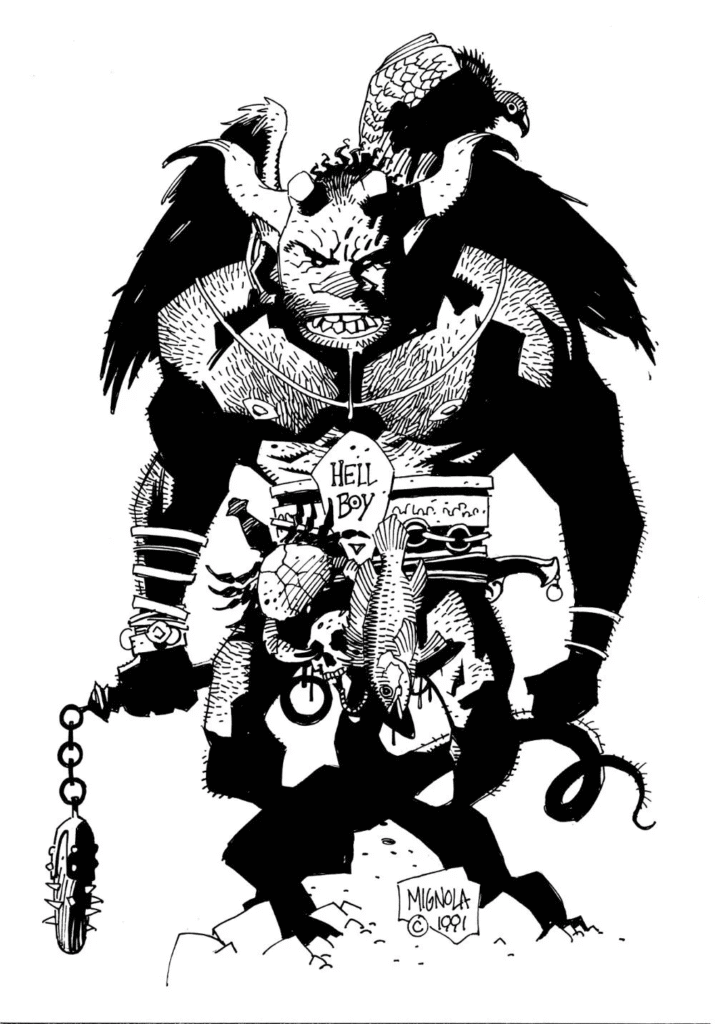
When Mike Mignola started drawing Hellboy his characters and art were far more detailed than today. He still used shadow to create form but relied on more grey tones and textures.
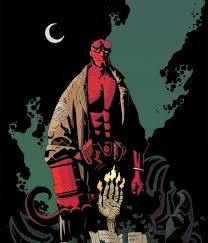
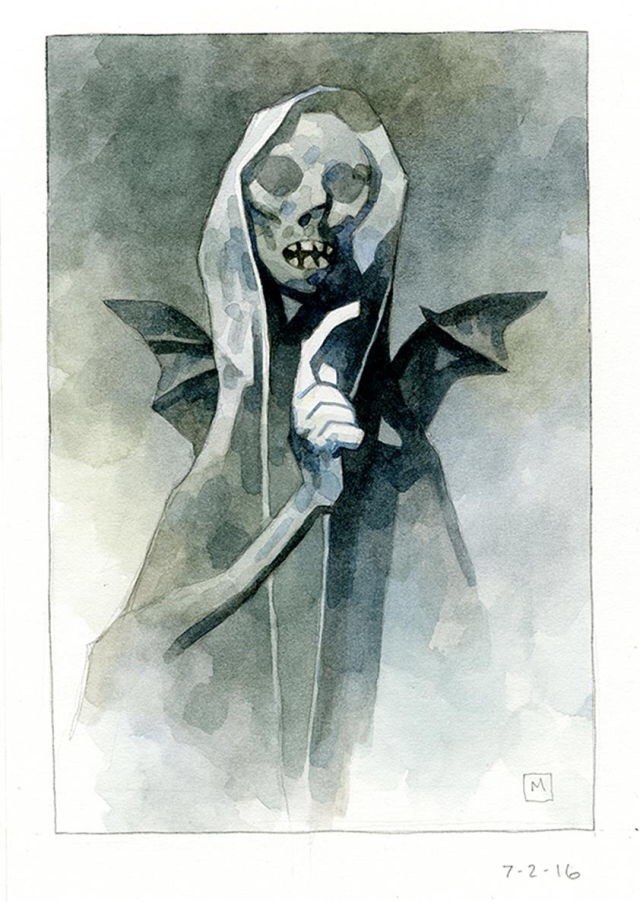
As artists, we must fuel the inner drive to experiment and grow.
It is my firm belief that an artist is no longer an artist if he’s not continuing to grow or get better. That is a subjective notion, as an artists idea of getting better might not be the same as the viewers but as creatives, we cannot stagnate.
However the need to fuel that inner drive and experiment is seemingly at odds with the notion of being consistent, and for years I struggled with the idea of getting better and I ended up neglecting to create finished products.
So what can we do as artists to turn these two opposing forces into an alliance that makes us stronger & more consistent.
We must shift our mindset from each page is an experiment to each project is an experiment.
I think the true masters of comics approach each project as its own experiment, instead of each page. It’s hard to do at first, because each page, especially for young comic book artists, is a struggle onto its own.
It’s a single piece of art.
The more we can see the whole book as a work of art with each page just being a single piece, the more we can shift our mindset to understand that each project is its own experiment.
If you are doing a 32-page book, use that project to try inking with a certain brush pen. Be consistent with it for that project and MASTER that brush pen for that project.
Use your Sketchbook as your laboratory.
A sketchbook isn’t a place to put beautiful drawings. It was never meant to be.
A sketchbook is the place to experiment and capture ideas for future projects.
A good way to shift your mindset is to envision the sketchbook as a laboratory. You can throw ideas down, play with different techniques and use it as proof of concept for things.
It’s okay if something blows up in your face.
If mixing two tools or techniques results in a mess, that’s okay. You’re not showing this off to the world if you don’t want to. But you’ve proven that idea either valuable or not.
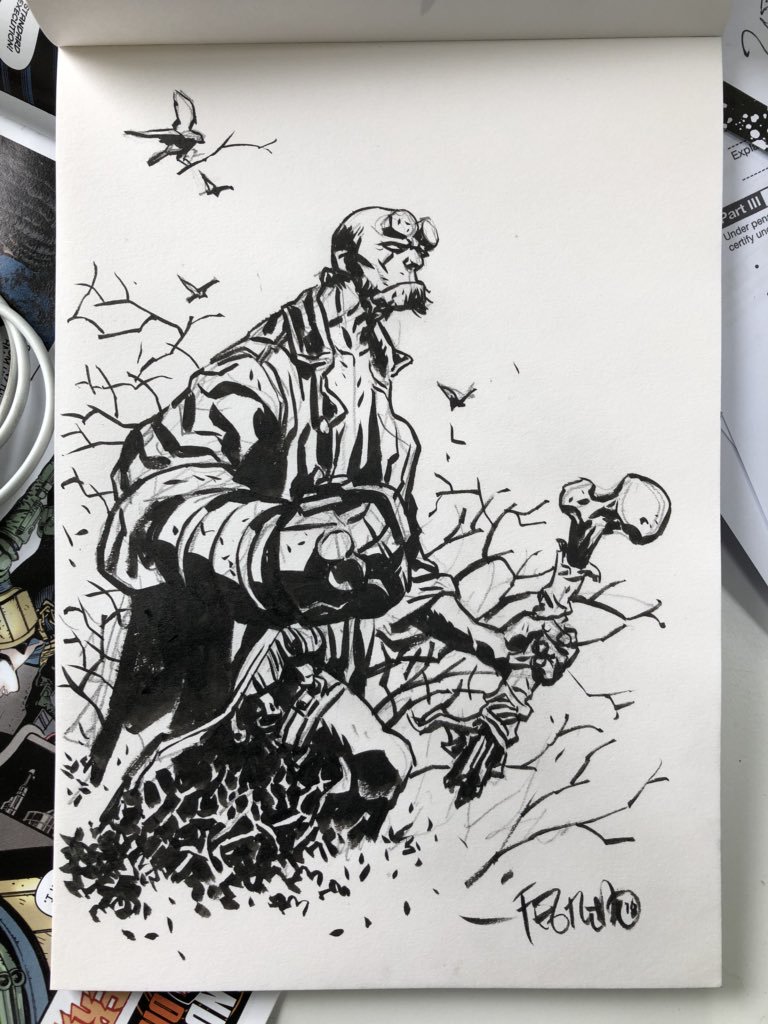
Duncan Fegredo’s sketchbook shows how he is experimenting with a brush-only technique. It’s still fitting with this overall style but allows him a chance to take a more painterly approach.
Use your project as your field test.
So let’s say you find a new tool and it works really well in your sketchbook. You want to use it for a project. Your project now can become the field test.
If you want to use that tool for every page you must use it for every page. Learn to master it. Learn to use that tool in ways it was never envisioned to be used. But by using it for every page not only will you get better with that tool but you’ll maintain consistency with your book.
If you are not sure if you can pull it off on every page here are some ways you can incorporate that tool without using it throughout the book.
- Use it only for flashback scenes.
Use it only for the cover. - Use it only for scenes that take place in a different world.
- Use it only in scenes that express a certain emotion.Just be consistent with its use in whatever form it takes.
Step back and look at the results and incorporate what really works.
If you used a specific tool and you were really comfortable with it and it really helped speed up your process then you can easily incorporate that into future projects.
If you played with watercolor in flashback scenes and really thought they turned out well you can incorporate it more into your next project.
Plan your growth through projects and let your style or artwork evolve.
By taking this approach your brand and style can evolve without challenging the expectations of your readers or taking them out of the story altogether.
Your Challenge: Try something new in your sketchbook. Does it work? How would you incorporate that into your next project?
